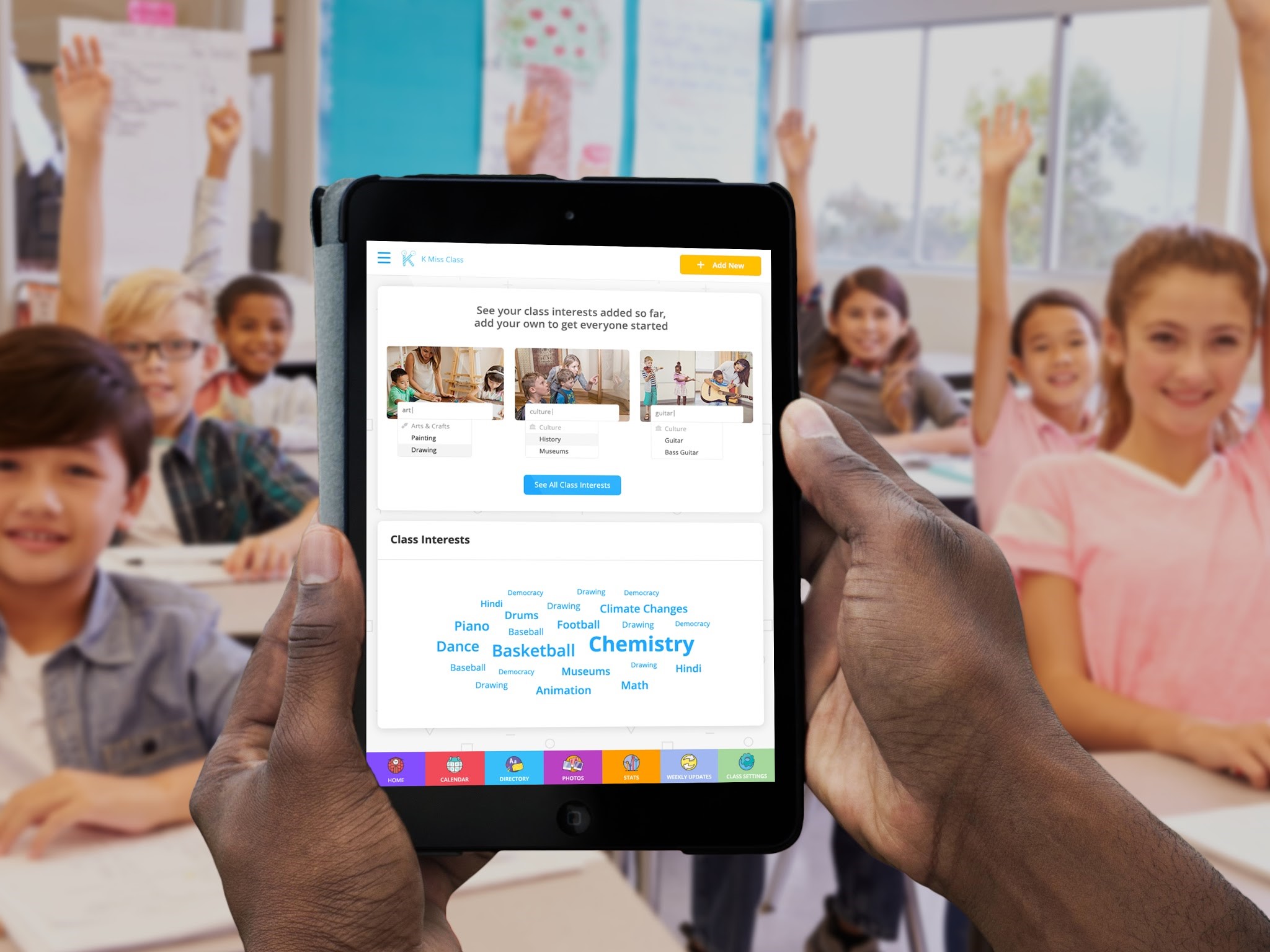Happier Students, Higher Scores: The Role of Arts Integration in the Classroom

The arts have always had a secondary place in K-12 learning. If you doubt that statement, think of the first programs to go whenever budget cuts are implemented – music, fine arts and even physical fitness which includes dance. I’ve yet to hear of a school board or administrators discussing the way cutting math programs could help the school’s bottom line. There is a hierarchy of academics in America, and arts education tends to fall pretty low on the totem pole.
That’s why some districts are implementing arts integration in their curriculum. Instead of treating the arts like a separate, distant relative to other classroom endeavors, these programs integrate musical instruments, painting, dancing, drawing, singing and more into traditional subjects like science, math and language. When implemented correctly, these programs are enthusiastically received by students who learn comprehensively. Let’s take a look at some success stories of arts integration in the classrom.
Arts integration success stories
Take a look at the West Michigan Academy of Arts & Academics in Ferrysburg, Michigan. The charter school has found ways to make stale topics like economics interesting through dance, music and visual art learning components. WMAAA may appear to be a “fun” learning environment, but its arts integration actually has legitimate outcomes. The test scores of WMAAA students rival the highest-rated traditional public schools in its district and in neighboring ones too. By allowing students to be active, instead of burying them in text books or regular written assignments alone, learning moves from a place of isolation to one that has other applications beyond the topic at hand.
Public Middle School 223 in the Bronx is another example of a school using arts integration methods effectively. Students in the school – the lowest income district in all of New York – participated in a four-year arts integration program that took students from basically no arts learning to multi-faceted lesson plans with arts inclusion. The results? An 8 percent improvement in Language Arts scores, 9 percent improvement in math scores and less absenteeism. Whether the last point impacted the higher scores is irrelevant. If students want to be in school more because of arts integration, and their test scores improve as a result, that is reason enough to call a program a success.
Why does art integration work?
The science behind arts integration is solid. Simply put, more of the brain is at work when the arts are part of the learning process, strengthening attentiveness, reaction time and comprehension. There is also plenty of research to suggest that arts education methods improve long-term retention. In other words, what the students learn through arts integration will stay in their memories for longer than that year’s standardized test. When students are allowed academic expression through artistic means, like drawing a picture or writing a song, the information is embedded in their minds. Long-term learning and practical application of knowledge are both supported when the arts are integrated.
Teachers’ role in arts integration
It’s wonderful if a school has the money to support an official arts integration program, but even if that is not the case, teachers can make arts integration a reality on their own. Teachers do not need to be artistic to successfully use arts integration – they need to be innovative enough to merge art concepts with other content. Social media is an amazing platform for teaching ideas, particularly when it comes to the arts, and teachers should use these available resources from around the world to integrate arts and traditional academics. Teachers should also seek out partnerships with other departments to make the most of arts learning in the classroom. Come up with a themed learning module, then reach out to the art teacher or music teacher for ideas on partnering for a greater learning experience for the students. Bottom line: Even without the cash in hand, teachers can and should seek out arts integration initiatives in their classrooms.



